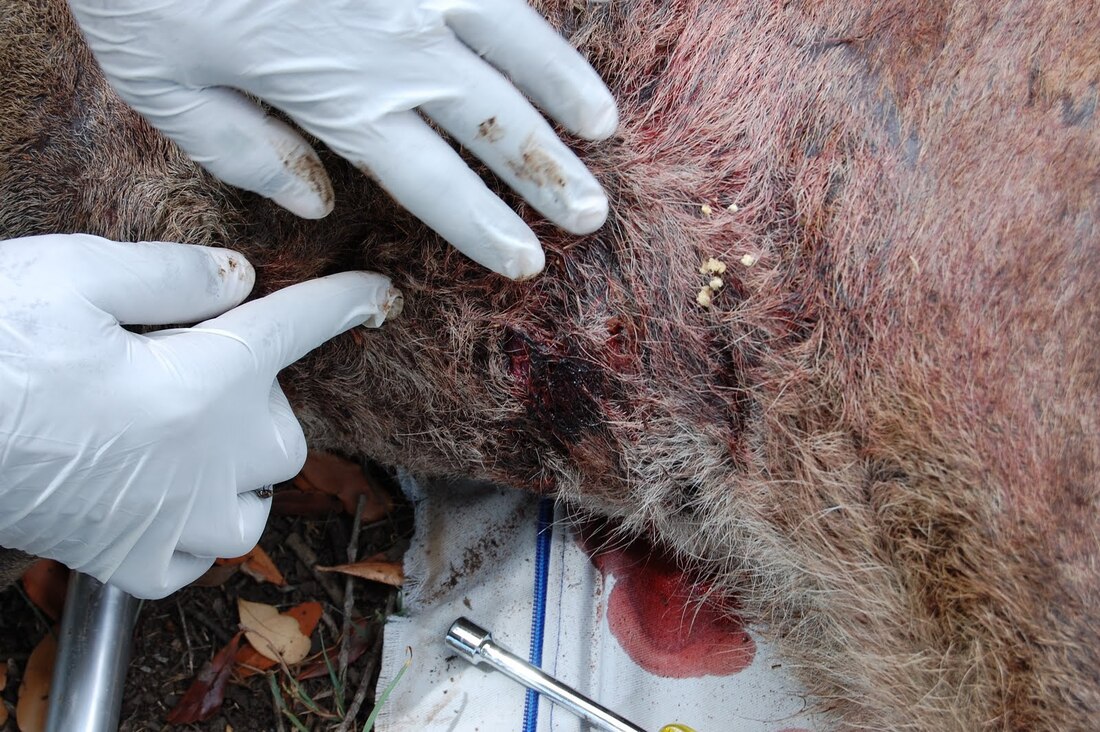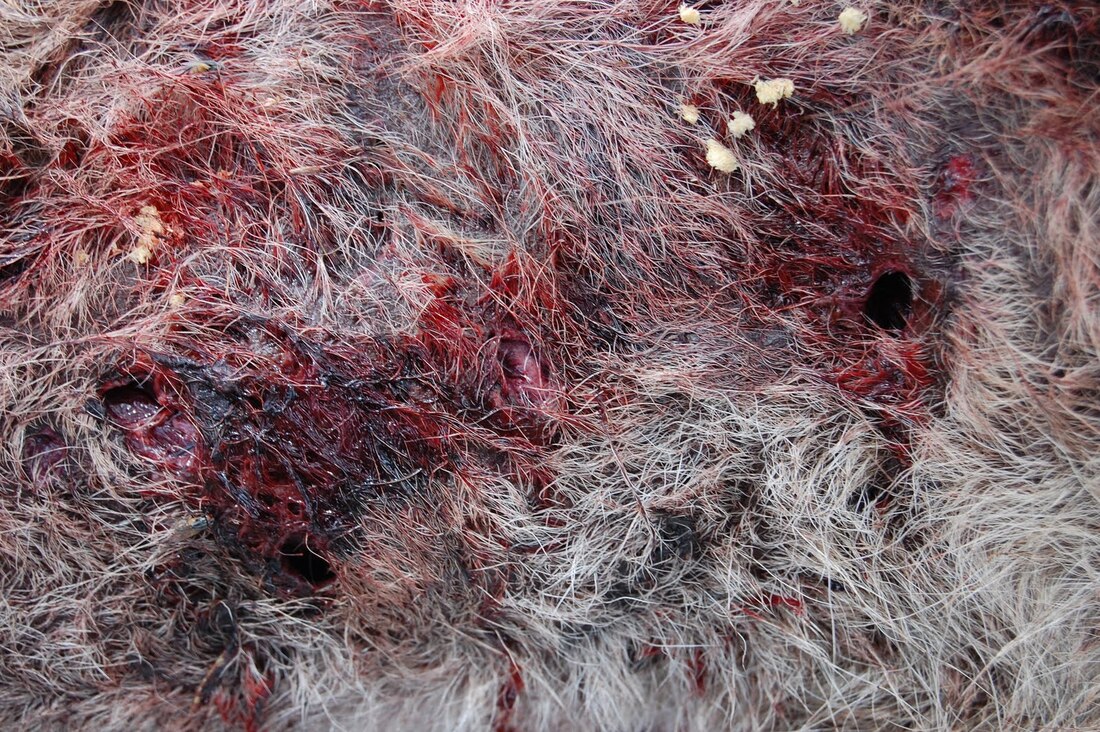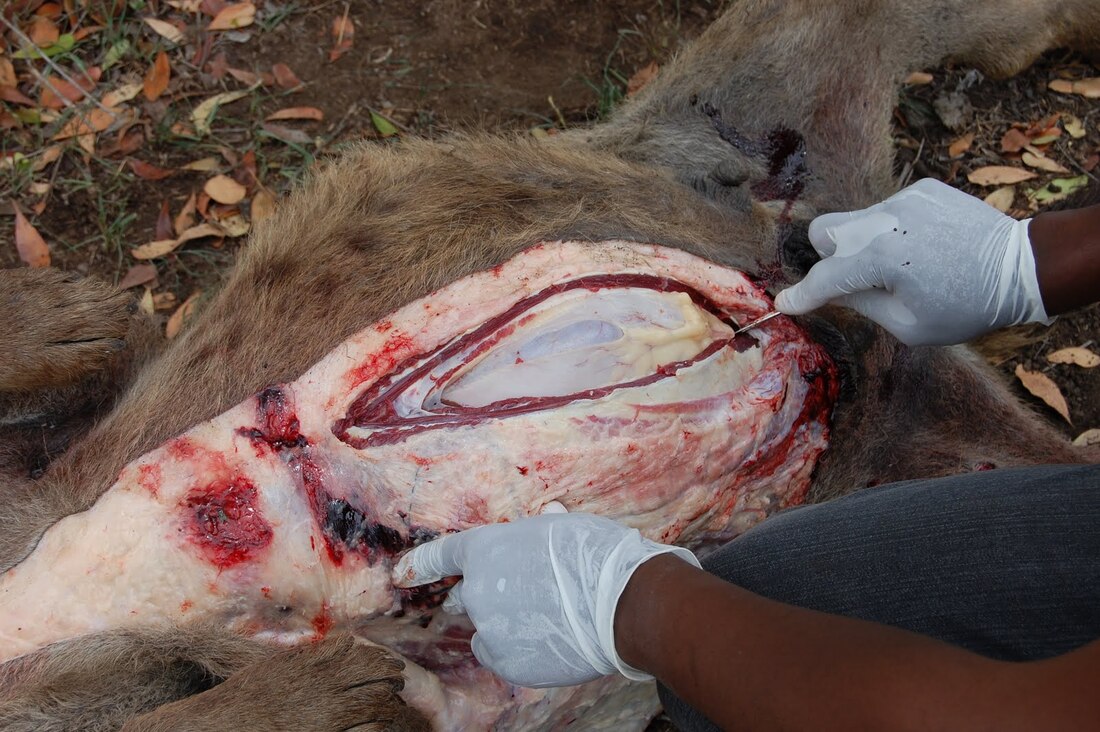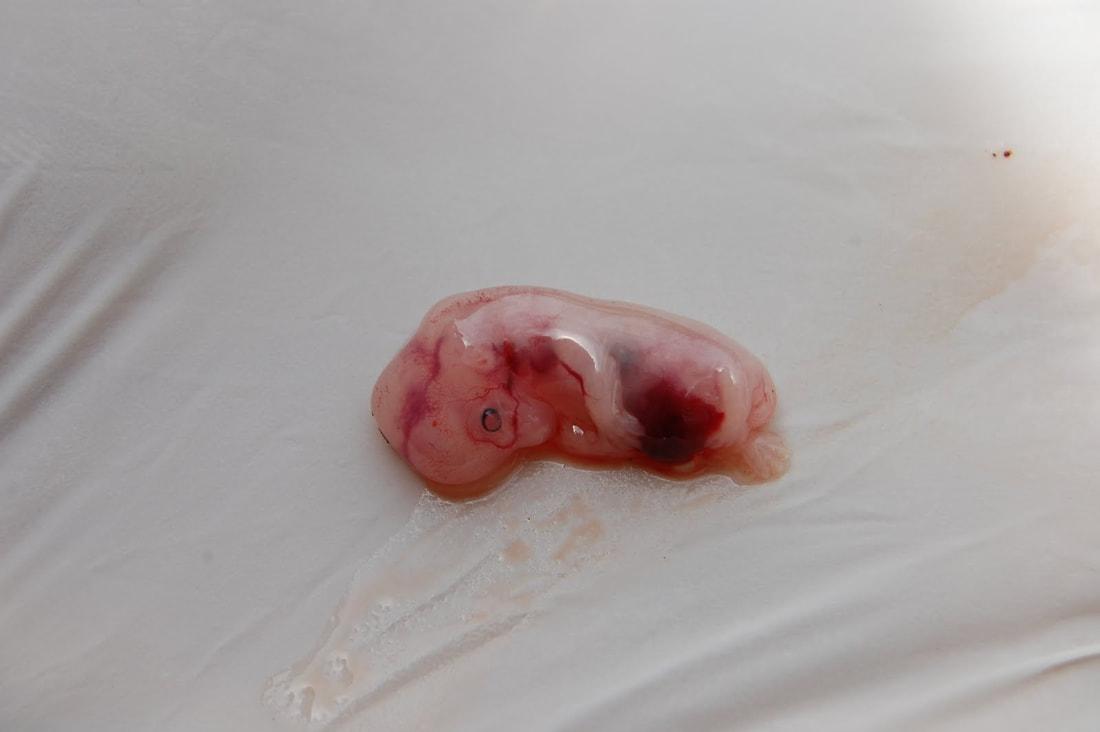|
Author: Kenna Lehmann First, a little background: I am a field scientist, but sometimes I am a wussy field scientist. I find bugs fascinating but, spiders terrify me. I’ll bathe in a crocodile infested river if I have to, but only if the water is clear enough to see the crocs coming. Perhaps my strangest “atypical for a scientist” trait is the fact that I passionately dislike doing necropsies. I am enthralled by the inner workings and details of the animal body, no matter the species, because they all have unique adaptations. I love reading about those adaptations in books and seeing diagrams and even pictures but, when it comes to cutting open an animal and seeing it all for myself, I can’t handle it. It’s not the blood and guts; those don’t bother me. Somehow I manage to freak myself out with the idea that this was once a living breathing animate creature, and now it’s not. I get light headed and nauseous and I am deeply affected by the “smell of death” (whether it’s real or imagined, I’m not sure). I learned this lesson early on when I had an unexpectedly difficult time dissecting a fetal pig in my high school biology class. That knocked veterinarian off my list of possible “things I want to be when I grow up” and made room for research biologist. Next, to the story: On obs one day in December we came across one of our collared females who had been wounded by lions. She was in very bad shape, so bad that she didn’t move when we drove right up to her or when we got out of the car. Unfortunately, in this situation, even if there had been anything we could have done, it would have inappropriate to do so and interfere in the natural process. We resumed obs and by the time we came back to check on her an hour later, she had passed away. For me, this experience was sobering enough without having to also load her into the car and take her back to camp for a necropsy. As a scientist I completely understand and appreciate the wealth of data that we collect during a necropsy but, I just can’t get excited about helping to perform one. I was in a state of utter dread the entire ride back to camp. I was convinced I was going to throw up, pass out, or both in quick succession. I quickly made my case to Sean and Kasaine and allowed them to take on the jobs of flensing the skull and cutting so that I could maintain my distance from the specimen by doing the paperwork and sample labeling. Part of the necropsy involves determining the cause of death. That was easy: lions. Lions are the number one cause of death of hyenas and the lions hadn’t left much to the imagination. Our poor females had puncture wounds from claws and teeth in her neck, chest stomach, and inner back leg. One particularly nasty wound on her neck was the probable cause of death and seemed to have been bleeding the most. Next, we had to take body measurements such as body length, height at the shoulder, leg lengths, and head circumference. Then, Sean cut off the hyena’s head and began flensing the skull. At this point, I mentally checked out. Our last task was to take organ and tissue samples. I focused on labeling my vials for the samples and recording how many of each we collected. After about an hour or so, I was so busy that I forgot to feel sick and light headed. By the end, I was surprised to find that the collection of our last few samples was captivating. Kasaine had done a fine job locating all the vital organs that we needed to collect samples from, until we reached the sex organs. This is where my junior high and high school sex ed classes, and mammology class came in handy and gave me the advantage. I knew generally where the uterus and ovaries should be and what they should look like, while Kasaine was completely clueless. We located both, dissected the uterus and found a fetus! I realize how strange it is that this was the most exciting part for me and I can’t really explain why I didn’t find it even more depressing to find the fetus. I think it was the exploration of finding the correct organs and confirming our suspicion by finding the fetus itself. I doubt I’ve completely cured myself of my necropsy handicap but at least I know I can survive them and find something positive in the experience.
0 Comments
Your comment will be posted after it is approved.
Leave a Reply. |
About
Notes From Kenya is a blog run by the students in the Holekamp Lab at Michigan State University, College of Natural Science, East Lansing, Michigan, U.S.A. Archives
July 2020
Categories |




 RSS Feed
RSS Feed